Current Treatments
There are few options for neuropathy sufferers. At present, the main steam established medical community does not recognize a cure for neuropathy and have adopted a very ineffective policy of simply trying “mask the discomfort”. Unfortunately, the most common remedies are short sighted and usually involve the use of prescription medication and in some cases injection therapy, and physical therapy. Surgery may be needed to treat some causes of neuropathy (e.g., carpal tunnel syndrome).
Although powerful drugs are often prescribed to control pain (they do not work for numbness), they can have severe side effects and can cause neuropathy to worsen over time. Imagine your nerves as a bundle of telephone wires. The center one is the one causing problems. Drugs can work by inhibiting those “wires” that encircle this bad nerve so you do not feel it. For a while this seems OK, but then those inhibited nerves go bad and you need more of the drug. Finally all the nerves have been inhibited, the drug no longer works, and your symptoms are worse. Manufacturers of certain drugs like Neurontin (Pfizer) have been fined millions of dollars by the government and are the subject of class action law suits. Even seemingly safe drugs like Vioxx and other cox 2 inhibitors have had bad press about side effects like heart attacks.
In many cases, prompt diagnosis and treatment of the underlying cause can reduce the risk for permanent nerve damage. For example, controlling diabetes may reduce diabetic neuropathy and in extreme cases renal dialysis often improves neuropathy that develops as a result of chronic renal failure. Removing toxicity inside the body and minimizing toxin intake are important for long term wellness.
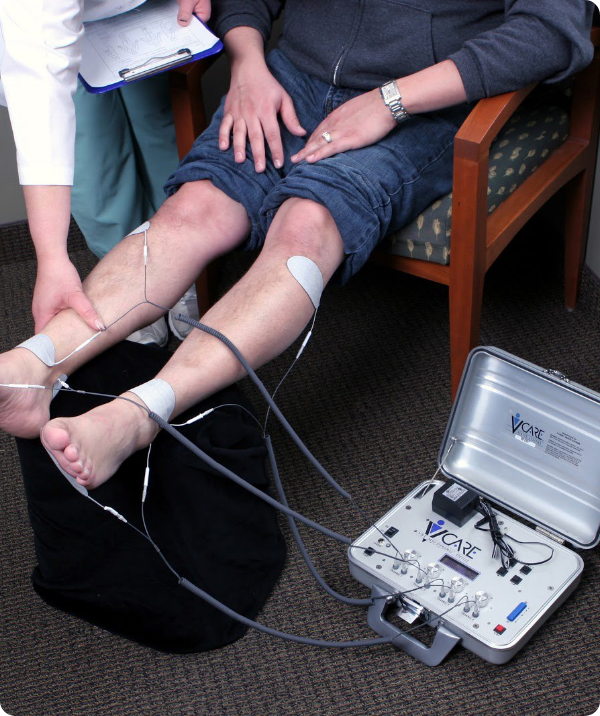
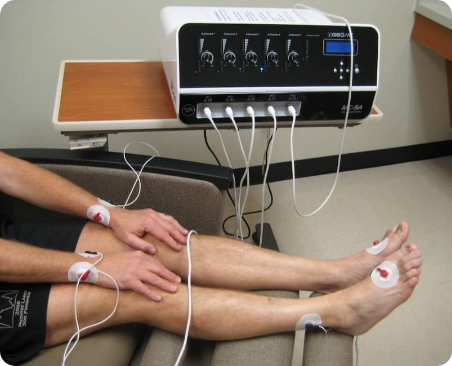
– Pharmaceuticals – Cymbalta®, Neurontin®, Topamax®, Elavil® Temporarily reduces pain. No lasting therapeutic effect.
– Surgery – Addresses correctable physical issues. Carpel Tunnel, back, knee, hip, etc.
– Injection Therapy / Skin Creams – Temporarily reduces pain. No lasting therapeutic effect.
– Light / Laser Therapy – Intention is to improve circulation and control infection. No lasting therapeutic effect.
– Physical Therapy – Improve Circulation, reduce inflammation, physically stimulate nerves. No lasting therapeutic effect.
– Nutrition Therapy – Correct Vitamin / Mineral Deficiencies
– Address Daily Causes – Cigarettes, Alcohol, Sugar, certain pharmaceuticals, etc.
– Address Underlying Causes – Diabetes, lyme’s, AIDS, MS, obesity, control infections, etc….
– HBOT – Hyperbaric Oxygenation Treatment for advanced Type 2 Diabetes
– Holistic Therapies – Body detoxify (liver/kidneys/parasite), Oxygen, Ozone, Magnets,
– Electrical Stimulation of various types, requiring expensive ongoing visits to a physician’s office.
TENS, Nutrition
– TENS for pain ● -Transcutaneous Electrical Nerve Stimulation See note below.
● TENS is a very VAGUE term. It stands for Transcutaneous Electrical Nerve Stimulation. TENS devices can deliver quite different signals, designed to do different things! We point this out because it is very confusing to many. WHAT EXACTLY IS THE SIGNAL DOING? is the question. A cheap generic off-the-shelf TENS device produces just that… a generic ‘one size fits all’ signal designed to BLOCK nerve impulses, thereby controlling pain. These are fine if you have an injury or pull a muscle, etc… but they are NOT therapy devices designed to treat, cure, or reverse neuropathy. Yet they are routinely prescribed by physicians for this. In FACT, a generic TENS signal can actually make it worse over time, because you are blocking nerve signals that are already having trouble getting through!
Prescription drugs can only relieve pain temporarily, and do little or nothing to mitigate or cure the underlying condition. They may provide some level of temporary relief, but as the disease progresses, the effective dosage of the drug needed to continue suppressing the pain increases concurrently. The side effects of these types of drugs can be difficult to deal with and even add to the patient’s discomfort. When the increased drug dosage reaches a threshold level, the patient can become confused, ataxic, constipated, confined to a wheelchair or may become bedridden. Symptoms similar to Alzheimer’s can follow.
Because analgesics (e.g., aspirin, ibuprofen) are usually ineffective against pain caused by neuropathy, treatment often involves medications that target nerve cells.
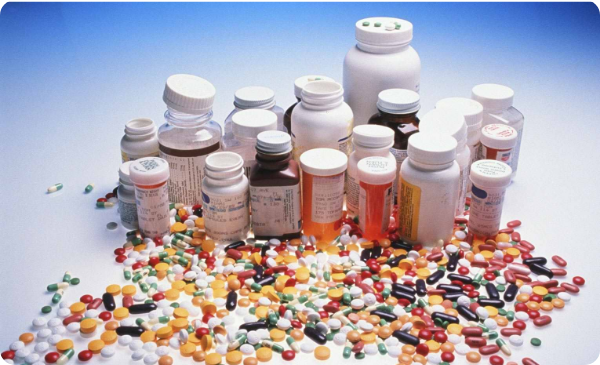
Duloxetine hydrochloride (Cymbalta®) has been approved by the Food and Drug Administration (FDA) to treat diabetic peripheral neuropathy. Common side effects include constipation, diarrhea, dry mouth, and nausea. In some cases, Cymbalta® causes dizziness and hot flashes.
Although anticonvulsants such as gabapentin (Neurontin®) and topiramate (Topamax®) and antidepressants such as amitriptyline (Elavil®) are not approved by the FDA to treat neuropathy, they are often prescribed to treat this condition. Side effects of these drugs include drowsiness, dizziness, low blood pressure, and fatigue.
Other medications include anticonvulsants (e.g., carbamazepine [Tegretol®], lamotrigine [Lamictal®]), local anesthetics (e.g., lidocaine [Xylocaine®]), and antiarrhythmics (e.g., mexiletine [Mexitil®]). Anticonvulsants may cause low white blood cell counts, nausea, vomiting, and dizziness. Side effects of lidocaine and mexiletine include nervousness, lightheadedness, drowsiness, and double vision.
Topical treatment with capsaicin cream (Zostrix®) may be prescribed for patients with focal neuropathy. Capsaicin causes stinging upon application and is often combined with a local anesthetic to reduce this side effect. Axsain® (.25% capsaicin in Lidocare® vehicle) contains a higher dose of capsaicin in a cream that reduces stinging and burning. Lidoderm® (lidocaine patch 5%) has been shown to be helpful for localized areas of tingling or burning.
Pregabalin (Lyrica®) has been approved by the Food and Drug Administration (FDA) to treat post-herpetic neuralgia (shingles pain). Common side effects include drowsiness, dizziness, nausea, weight gain, and swelling (edema).
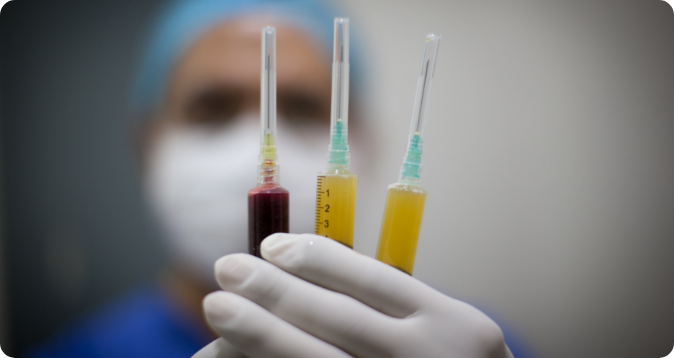
Injection therapy involves injecting a nerve block (e.g., lidocaine) into the area surrounding affected nerves, preventing the nerve from carrying impulses to the brain and temporarily reducing symptoms. Injection therapy is often used with other treatments (e.g., medication, physical therapy).
Hyperbaric Oxygen Therapy (HBOT) can be an effective treatment for diabetic neuropathy. By driving oxygen deep into tissues, it reduces cell death and pain symptoms. Hyperbaric oxygen also stimulates the growth of new blood vessels, enabling the body to increase effective oxygen and nutrient delivery. Hyperbaric oxygen therapy is a medical treatment that uses pure oxygen to speed and enhance the body’s natural ability to heal. Hyperbaric oxygen therapy is an American Medical Association, FDA and Medicare approved modality. While sometimes hyperbaric medicine procedures are used as a primary emergency treatment, it is more often used as a cost effective adjunct or enhancement therapy.

Discontinuing certain medications may eliminate or reduce neuropathy symptoms. Pay close close attention to see if pain, numbness, tingling subside. Physical therapy (e.g., exercise, massage, heat) and acupuncture (i.e., insertion of fine needles into specific points on the body) may be used to treat symptoms short term. Light therapy can help to reduce toxicity and improve circulation, but has NEVER been proven effective to treat nerves. In short, these therapies have never produced long term relief or reversal of neuropathy symptoms.
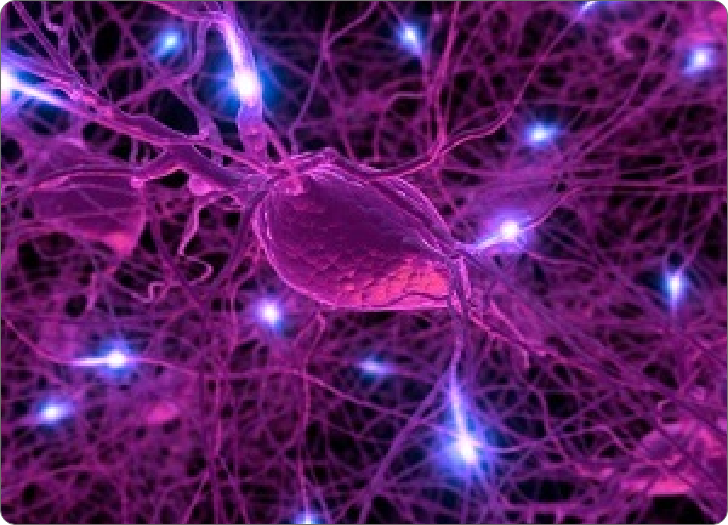
If you talk to your doctor, you will probably be told that there is no cure for neuropathy, period. While in some rare cases this may true, in most cases, significant lasting relief may in fact be possible. Not just a short term masking of pain like drugs, but true long term results can be achieved.
As with most alternatives approaches to reversing a disease, the idea is to remedy the causes at work, while jump-starting the body back to healthy state with safe, proven methods. Reduced blood flow, oxygen deprivation, nutritional deficiencies all are directly causal in neuropathy, leading to very poor electrical current flow through the tiny nerve cells and fibers. These alternative approaches address these issues directly. It might be obvious to many, but the idea is simple… remove as many causal factors as possible and provide enough nutrition, oxygen, and corrective stimulation as possible. This can take time of course, but consider that it probably took the victim decades to get to the point of suffering. If it takes several months to start seeing reversal, that only makes sense. This is true therapy… not just a band aid for the symptoms.
The ReBuilder’s patented electrical signal has been proven 94% effective in clinical studies in reducing or eliminating symptoms of neuropathy.
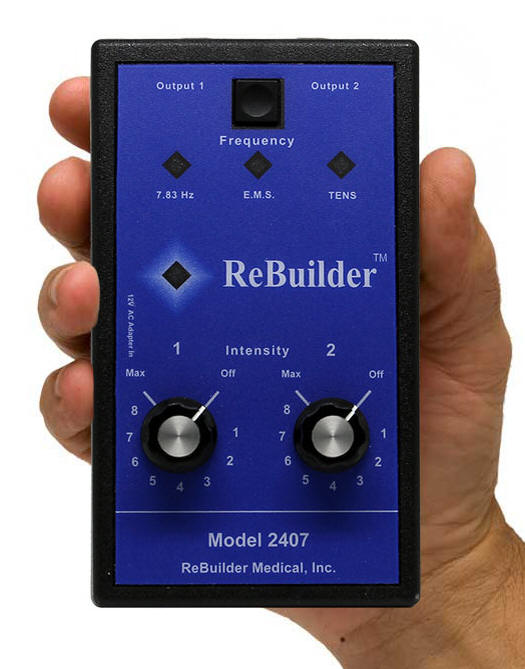
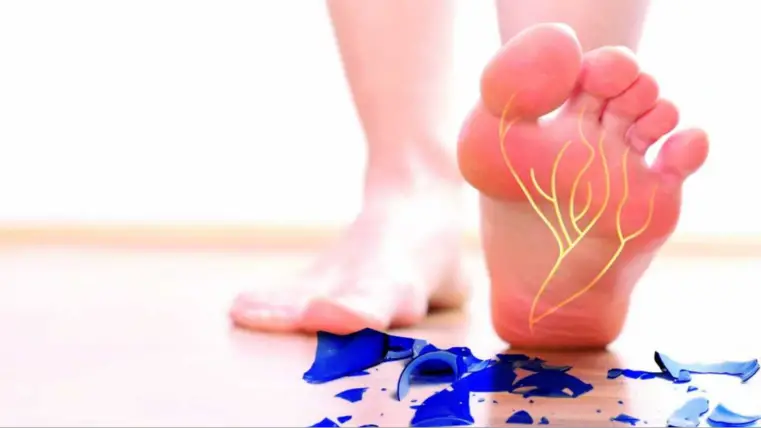
Contact Us
Newsletter
Quick Links
Contact Info
Frequency Rising
13239 Sundance Ave. San Diego, CA 92129
800-701-4039 9am – 5pm PST
info@peripheralneuropathytreatments.com